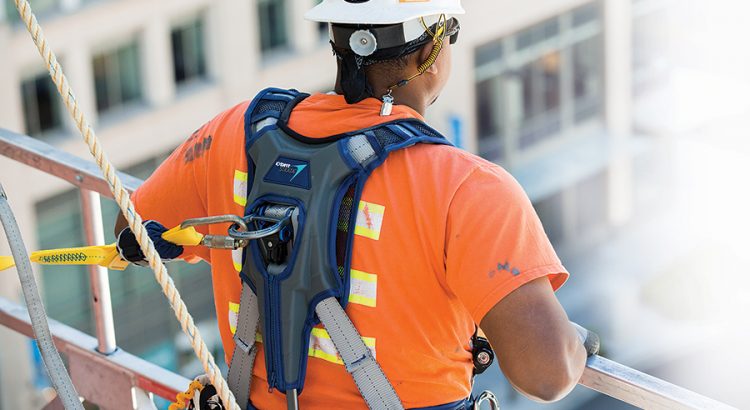Within the construction industry, there are some jobs which come with a much larger risk than others. Working at height for example is one of the riskier jobs, and for this has its’ own set of rules, as laid out by the Work at Height Regulations 2005.
In addition to the many rules, workers also have their own obligations under the Health and Safety at Work Act and are urged to follow a variety of tips to manage their own safety when working at height. Their good example could not only help to prevent injury to them as they go about their duties but could prevent injury to a fellow worker:
Prepare
Even the smallest of jobs on a roof requires planning. Studies have shown that it is in fact those workers who are not used to roof work who are more likely to be injured or susceptible to falls than those who work on roofs on a common basis.
Therefore, it’s vital that even the smallest task is planned to a high degree, with the focus on the job in question, the length of time it will take and a contingency plan should something go wrong.
Safety Measures
Falls are the most common accidents and causes of injury among those people working on roofs. Therefore, having the right safety apparatus is essential. Key among these is knowing the weight limitations of the roof in question and sticking to them rigidly,




